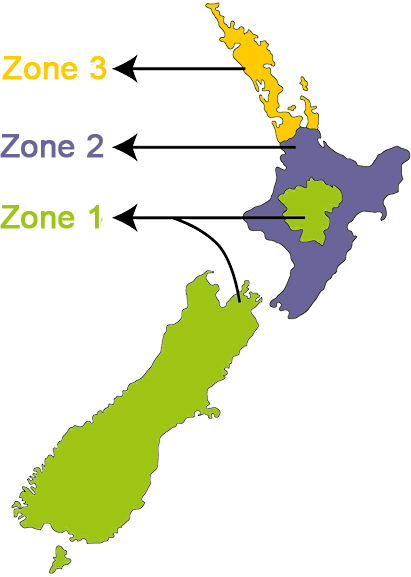
Growing Guide
Full sun. Well drained soil.
20mm
500cm
100cm
200cm2
5cm
5-12
>85
Sow two seeds per pot of seed compost in a 9cm pot.
Water well, and then place the pots in a propagator at a temperature of at least 18°C (65°F).
Keep the propagator in a well-lit position.
After germination, remove the weaker of the two seedlings and keep the compost moist but not too wet.
After the first true leaves have emerged, reduce the temperature in the propagator to a minimum temperature of 15°C (59°F).
Plant out in late spring to early summer.
Pinch out the main growing point to two or three buds, to encourage side shoots to develop.
Add plant support, such as a bamboo cane, and water well.
Thin out developing fruits, allowing just four melons to grow per pot-grown plant.
As the fruits develop, water well and feed with a high potash liquid feed, such as comfrey solution.
Support heavy fruits with a pair of tights, or netting such as the net bags you buy oranges in.
As the plants establish, keep tying the long main stem to a plant support.
Make sure the compost is kept moist at all times, which will mean checking the plants every day.
Start to add a liquid feed once a week to encourage strong growth.
To prevent the plant from becoming too crowded, pinch out side shoots after three or four leaves, on a weekly basis.
As the fruits ripen they will give off a sweet aroma and will soften at the end opposite the stalk.
The skin may also change colour.
Finally, small cracks will develop on the fruit around the stalk, which means it’s time to pick.
The most obvious sign for watermelon is a curly tendril at the stem, once it is totally dry (kind of like straw), it is ready.
Another sign is the light coloured patch on the bottom of the fruit.
It is initially greenish, but as the watermelon ripens, the green tinge disappears and it becomes yellowish.
The skin overall becomes duller and tougher.
Wait until the fruits are fully ripe and separated from the vine before collecting seeds from melons.
In cantaloupe, for example, look for thick netting and a pungent melon smell from the stem end.
Melon seeds grow inside the fleshy fruit.
Wait until the fruits are fully ripe and separated from the vine before collecting seeds from melons.
In cantaloupe, for example, look for thick netting and a pungent melon smell from the stem end.
To start saving melon seeds, cut open the fruit lengthwise and scoop out the seed masses into a jar.
Add a little warm water and allow the mixture to sit for two to four days, stirring daily.
As the melon seeds sit in water, they ferment.
During this process, the good seeds sink to the bottom of the jar while the detritus floats to the top.
To collect seeds from melons, pour off the water containing the pulp and bad seeds.
Now let’s learn how to preserve melon seeds for future planting.
Spread the good seeds out on a paper towel or a screen.
Allow them to dry for several days.
Storing melon seeds that are not completely dry results in moldy seeds.
Once the seeds are very dry, place them in a clean, dry glass jar.
Write the seed variety and the date on a label and tape it to the jar.
Put the jar in the freezer for two days, and then move it to the refrigerator.

Zone 1 - Cool
October , November , December
Zone 2 - Temperate
September , October , November , December
Zone 3 - Subtropical
January , February , July , August , September , October , November , December
Pests
Problems